Small businesses in the tax gap
The amount of unpaid UK tax has remained at an all-time low of 4.8 per cent, HM Revenue and Customs (HMRC) has revealed.
Its annual statistics also show that small businesses account for more than half the reported gap.
HMRC’s ‘Measuring Tax Gaps’ publication estimates the difference between the total amount of tax expected to be paid and the total amount of tax actually paid.
The report puts small businesses firmly in HMRC’s spotlight. It highlights that errors and failure to take reasonable care among small businesses led to £20.2bn of the £36bn tax gap.
Jonathan Athow, HMRC’s director general for customer strategy and tax design, said: “The tax we collect funds the country’s public services and we want to ensure everyone pays the correct amount. These figures show most taxpayers and businesses pay what they should.
“This important research enables us to better help those making common mistakes or failing to take sufficient care, as well as tackling the minority deliberately hiding their income.”
The report shows a long-term reduction in the tax gap. Errors, a lack of sufficient care, evasion and criminal attacks all contribute to the tax gap, which has fallen from 7.5 per cent in 2005 to 2006 to 4.8 per cent in 2021 to 2022.
In monetary terms, the most recent figures put the difference at £36bn for the 2021 to 2022 tax year. This has increased from £31bn in 2020 to 2021.
The gap has remained at 4.8 per cent because estimated tax liabilities rose from £643bn in 2020 to 2021 to £739bn in 2021 to 2022.
The report also reveals that criminals were responsible for £4.1bn of the gap with large and mid-sized businesses responsible for £7.7bn. Wealthy individuals account for five per cent (£1.7bn).
Income Tax, National Insurance contributions and Capital Gains Tax make up 35 per cent (£12.7bn) of the total.
Corporation Tax is now estimated as the second largest component at 30 per cent (£10.6 billion). New data has increased our understanding of the CT tax gap, resulting in revised estimates.
The VAT gap continues a long-term downward trend falling from 14 per cent (£11.9bn) in 2005 to 2006 to 5.4 per cent (£7.6bn).
Failure to take reasonable care (30 per cent), error (15 per cent), evasion (13 per cent), legal interpretation (12 per cent) criminal attacks (11 per cent) and non-payment (nine per cent) are among the main behavioural reasons for the tax gap.
• To discuss any issues raised in this report please contact me on 01772 430000




